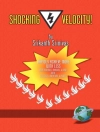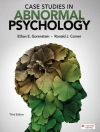Originally published in 1980, this volume explores some of the dramatic and exciting changes that had taken place in the field of conditioning in the 15 years prior to publication. The usefulness of a particular learning procedure, second-order conditioning, is explored in three aspects of the learning process: (1) the measurement of learning; (2) the circumstances that produce associative learning; and (3) the content of that learning.
The usefulness of this new paradigm is documented with the results of experiments that had grown out of the author’s programmatic work at the time. Completely new results were published for the first time, in an attempt to demonstrate the power of this particular learning procedure in elucidating fundamental questions about the nature of learning.












